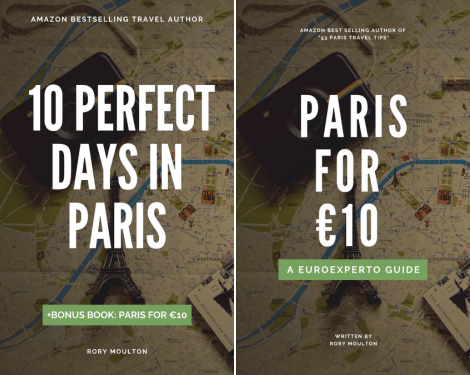The fascinating archeological site Ostia Antica is only 15 miles southwest of central Rome. Yet, delightfully, most tourists don’t even know it exists. At Ostia Antica you won’t have to deal with the hordes of tourists found at Pompeii and the Colosseum. Instead, you’ll have space and solitude to appreciate a remarkably intact Roman city. Let Ostia whisk you back to a time of mule carts, togas, sandals and aqueducts.
What’s the Big Deal?
Archeologists believe humans have inhabited the area now called Ostia Antica since at least the 3rd century BC. It wasn’t until Romans arrived in 400 BC, however, that this port city gained some serious power. In fact, historians believe this was Rome’s first conquest, albeit a peaceful one. In effect, it birthed the Roman Empire. Thanks to its ideal location at the “mouth” of the Tiber River (“ostium” roughly translates to “mouth”), Ostia Antica became a prosperous trading city and a significant naval base for the upstart city-state that’d one day grow to become the vaunted Roman Empire.
LIKE FREE BOOKS? Get a free Paris ebook when you subscribe to my free, monthly email newsletter, EuroExperto. Subscribe here!
Sadly, when the Roman Empire fell, Ostia Antica came tumbling down with it. Luckily for us, the port silted up and Ostia was lost to the world under thick layers of mud, effectively preserving it for centuries. Interestingly, Benito Mussolini was the first to order successful excavations at Ostia Antica.
What You’ll See In Ostia Antica
Travelers gain a visceral sense of how people lived in this prosperous port town. Traders, sailors, soldiers, politicians, slaves — all levels of Roman society converged here. Tour the many intriguing buildings, marvel over the exquisite frescoes. A few highlights include a visit to the forum shopping area, the temples for followers of the mysterious Mithraic mysteries and arguably Europe’s oldest synagogue.
Additionally, grab the audio guide for an extra €5. While bland, it’ll help you fully appreciate and comprehend Ostia Antica’s labyrinth of ruins.
How to Get There
To get to Ostia Antica using public transport, first ride Metro line B to the Piramide stop. Once you get to the station, look for “Lido” signs and follow them to the Roma Porta San Paolo train station. Trains usually depart for Lido every 15 minutes and you can use a metro ticket to get on. The ride from this station to Ostia Antica is about 30 minutes. Upon arrival, cross the sky bridge and walk Via della Stazione di Ostia Antica to the park entrance.
LIKE FREE BOOKS? Get a free Paris ebook when you subscribe to my free, monthly email newsletter, EuroExperto. Subscribe here!
Usually, Ostia Antica opens every day at 8:30AM and closes at 7:15PM in summer and as early as 4:30PM in winter. Always check the website in advance for closures and schedule changes.
Quick Tip: Bring Your Own Food
It’s highly advised you pack a picnic lunch. As of today, there aren’t many great dining options in this area. But save your appetite for dinner back in Rome. On your return trip to Rome, consider trying the Testaccio neighborhood around the Piramide Metro stop for a fabulous Italian dinner.






